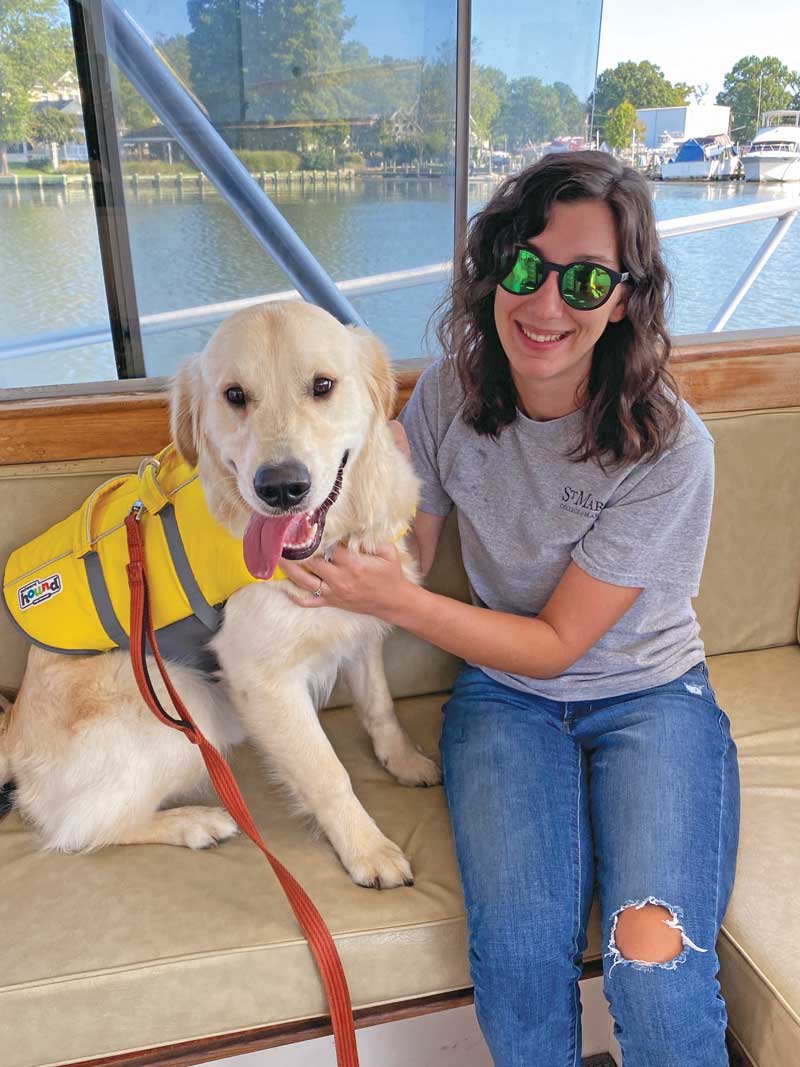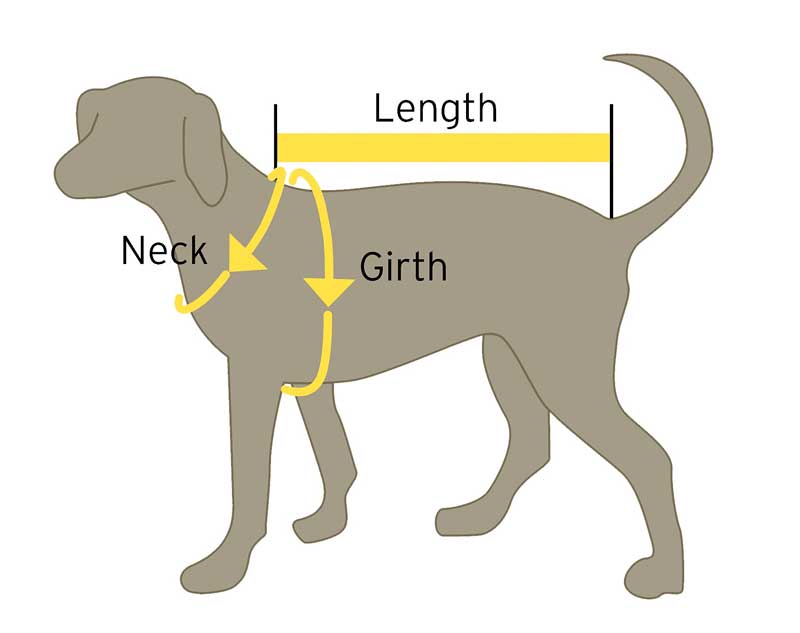Your canine crew can come in all shapes and sizes, so learn how to pick the right personal flotation device (PFD) or dog life jacket for your cherished companion. (Speaking of boat dogs, don't miss our Dog Days of Summer August Cover Contest!)

Dog owners love to brag about how well their pooch can swim, but even true “water dogs” can only doggie paddle for so long before exhaustion sets in, and drowning becomes imminent. Although it’s not a legal requirement, BoatU.S. encourages all boaters to outfit their dogs with a lifejacket—and put it on them every time—whether on the docks or out on the water.
There are well over a dozen brands of canine lifejackets, each with its own design details. Unlike human PFDs, where Coast Guard certification is the gold standard, there are no standards for dog lifejackets.
Here are some dog life jacket features you should look for:
Handle(s): Regardless of size, chances are you’ll have to lift your dog out of the water and back onto the boat. Most brands have a handle on the top center of the jacket aligned with your dog’s spine, so you can pick him up (like a briefcase). Some designs for larger dogs incorporate two handles. Keep in mind the added weight of a wet dog. Check the handle stitching (preferably double stitching), since it’s going to be put under a lot of strain.
Buoyancy: Superior dog PFDs have flotation under the belly as well as on the back and sides. Some jackets have flotation sections under the neck to help keep your dog’s head above water.
Color: Earth tones may look cooler on your boat, but should your four-legged buddy go overboard, high visibility is essential. Bright colors, preferably with a reflective strip, make a dog easier to spot in the water.

D-ring: This is a nice feature to look for, so you can attach a leash.
Straps: In general, the more adjustments, buckles, and closures, the better the final fit. Touch tape closures work well, and they’re easier to put on and take off, but consider that they tend to attract hair/fur and need cleaning so they maintain their cling. For straps, the wider the better, since they’re less likely to chafe your dog. Straps under the belly should be padded. And you don’t want excessively long dangling straps after fitting, since they’re just asking to be chewed or could get tangled on something.
Size and fit: Make sure you’re purchasing a dog lifejacket that is the proper size for your dog, so a prepurchase fitting is ideal. Stores like West Marine, Petco, and PetSmart often allow customers to bring in their dogs to try on life jackets.

To zero in on the perfect size for your pooch, use a ribbon-like tailor’s tape to take the following measurements: 1. GIRTH (most important) – dog’s chest at the widest point just behind the front legs, 2. NECK – around the base of at the widest point, 3. LENGTH — base of neck (at the bottom of the collar) to base of tail. Write down these three measurements, along with your dog’s weight, since they’ll help you determine which size to order. Just like for human wardrobes, “medium” in one manufacturer may be different from another.
By Rich Armstrong, BoatU.S. Magazine Senior Editor
This article was reprinted with permission from BoatU.S. Magazine, flagship publication of the membership organization Boat Owners Association of The United States (BoatU.S.). For more expert articles and videos to make your boating, sailing, or fishing better, visit BoatUS.com; boatus.com/syndicated